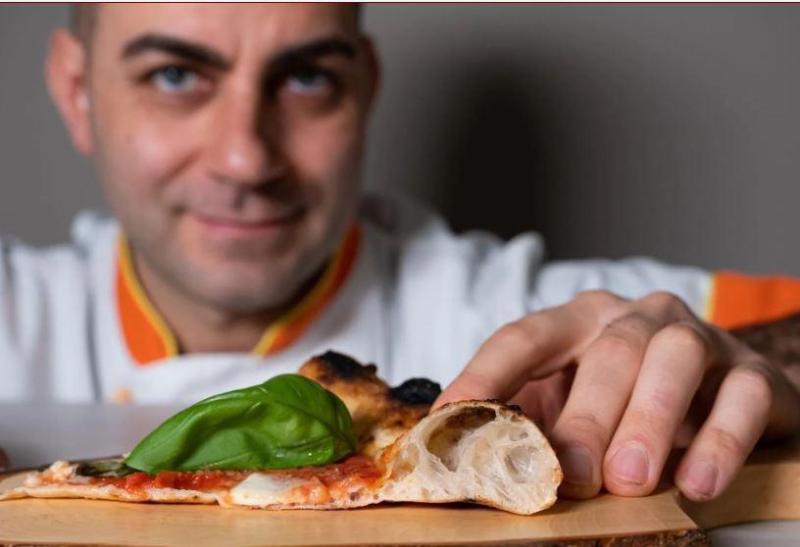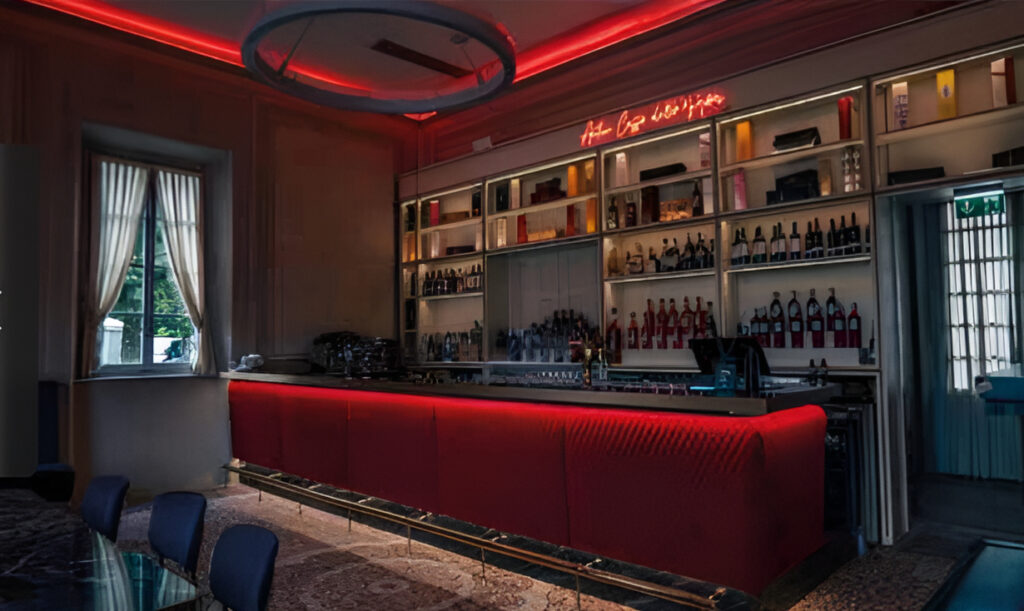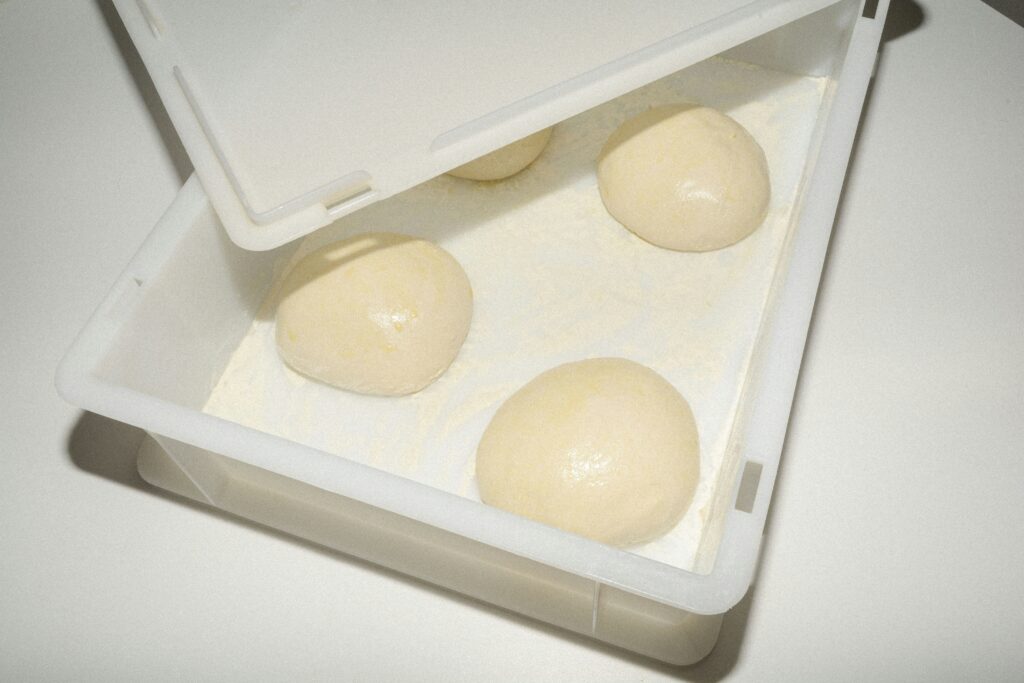
From East to West, discovering the beauties and flavors of Liguria
Everything lies in the enchantment of the places, where mountains and sea meet and embrace. For this fascinating mixture, Liguria is an emblematic land in our country. From East to West, from the Apennines to the Alps, a world of views that change abruptly, from the numerous malga (alpine summer pasture) resembling those of the most eastern mountains to the deep blue sea. A region of a disarming beauty sometimes, a difficult land yet at the same time rich in inventiveness. So much that in order to extend the cultivable surfaces, a huge number of kilometers of terraces have been built, for the most part sustained by dry-stone walls made from stones removed from the ground, which was thus made more fertile. Allegedly, the length of the dry stone walls of the Cinque Terre is even comparable to that of the Great Wall of China. This is a fundamental feature of this territory and a distinctive symbol of Ligurian rural architecture. Moreover, in addition to having a high anthropological value that shows an essential harmony between man and nature, the dry stone walls are extremely useful in preventing hydrogeological instability. They are very important for the agricultural activity and contribute to fight the erosion and the desertification of soils that otherwise would be destined to fall down. They also represent an emblem of the wonderful biodiversity distinguishing the regional agricultural and food production. Furthermore, since 2018 they have been included in the list of intangible elements declared World Heritage by UNESCO. All this in a mild and temperate climatic condition, where gentle breezes make the sky clear.

Ligurian gastronomic culture is one of the most complete in our Country. It is characterized by “poor” ingredients but at the same time it is extremely rich, with vegetables that largely win over meat and fish, for a model diet. In fact, Ligurians are considered one of the most long-lived populations. It is strange, however, that this region has a very low number of denominations of origin, because – except for wines – there are only four recognized products, although very excellent: Extra Virgin Olive Oil, Basilico Genovese PDO (Genoese Basil), Focaccia di Recco PGI (Focaccia of Recco) and Acciughe sotto sale del Mar Ligure PGI (salted anchovies of the Ligurian Sea). Actually, beyond the certifications, many good things can be found in Liguria. It is worth mentioning, for example, the Taggiasca olive, a cultivar that gives the oil a remarkable, delicate elegance. In fact, Riviera Ligure PDO stands out for its fruity taste of ripe olives; very little bitter and with notes of almond and pine nuts, it is ideal to be used raw to season vegetable or fish dishes, or to prepare an excellent mayonnaise.

Think of the Basilico Genovese PDO which finds its best expression in Pra, the full and unmistakable taste of the anchovies of Monterosso, the delicacy of the Trombetta zucchini of Albenga or the exquisiteness of the small white beans of Pigna, Badalucco and Conio. Also, the intense scent of garlic from Vessalico. There are about three hundred products collected in the basket of traditional food products, which contribute to a traditional cuisine focusing more on the land than on the sea and creating dishes and recipes with a splendid taste impact, such as Focaccia – first of all the Focaccia of Recco – chickpea farinata or herb cakes such as the Pasqualina. Among the pastas, trenette, trofie and corzetti give their best with pesto, but also with walnut sauce or with the tocco di funghi, a typical Ligurian mushroom sauce.
What about the delicious pansoti, a type of Ligurian ravioli without meat, filled with a mixture of herbs called prebugiun or the legume soups such as mesciua from La Spezia? Very tasty is also the sbïra which derives from “sbirro” (policeman); in fact, in the Middle Ages the last meal of a person sentenced to death was consumed also by the prison guards of Palazzo Ducale in Genoa and consisted in a bowl of broth with tripe, toasted bread and cheese. There are also the rabbit with Taggiasca olives and pine nuts, the stuffed cima alla genovese (meat stuffed with vegetables, meat and cheese), the stuffed anchovies and the buridda soup, also known as “pesce in tocchetto” (fish in small pieces). Then there are the famous cappon magro, which is nothing else but a salad of fish and vegetables including also crustaceans and mollusks in the richest versions, the ciuppin, a delicious fish soup, seppie in zimino (cuttlefish with chards) and the delicious omelets of gianchetti and rossetti (two kinds of fish). And the desserts? Noteworthy are the amaretti cookies of Sassello and the canestrelli cookies of Torriglia, while in Genoa the typical cookie is the lagaccio and at Christmas you can’t miss the typical recipe of Pandolce.

Back to the Liguria of views and treasures, among Monterosso, Vernazza, Corniglia, Riomaggiore and Manarola and the homonymous beautiful pastel-colored villages perched on the rock overlooking the crystal clear sea, the Cinque Terre extend with their terraced slopes, vineyards and paths. The most famous of them is the romantic Via dell’Amore (Path of Love), where an exotic vegetation of agaves, pittosporum, prickly pears and South African Hottentots perfectly adapted to the brackish climate. Here, the students of the Brera Academy created some frescoes that were inspired just by this unique landscape. Incomparably beautiful scenery can also be found in the long harbor that twists and turns among boats and colorful buildings, the Gothic style church and the Arpaya cave, better known as Byron’s cave, a natural cavity topped by the St. Peter’s Church and the walls of the Castle. Unesco World Heritage Sites located in the Gulf of the Prophets, the islands of Palmaria, Tino and Tinetto represent an incredibly evocative corner of the Eastern Ligurian Riviera.
How could we possibly forget the historical center of the Regional Capital? Genoa is a wonderful example of aristocratic streets and palaces with great architectural value, which is identified by the system of Rolli. In 1576, the City Republic instituted this official list, obliging the owners to host state visits in turn; the higher the blazon of the visitor, the more sumptuous the host palace had to be. A collection of more than one hundred noble residences, forty-two of which are included in the UNESCO World Heritage List. Each palace contains priceless masterpieces ranging from the late Renaissance to the Baroque period, as well as courtyards, gardens, sculptures, galleries and beautiful frescoed ceilings. Between Genoa and Savona we find the Beigua Park, the largest protected natural area in the region, a reality of enormous value that shows the geological history of this land. A wonderful natural terrace formed by mountains facing the Ligurian Sea and canyons running through the valleys. An enchanting, huge garden of rocks, flora and fauna that in 2015 was included in the list of UNESCO Global Geoparks due to its environmental value.



